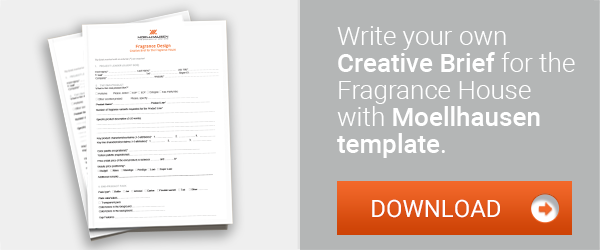
Evolutions in the dynamics of luxury goods purchasing
Over the last decade, the evolution of Digital Technology has significantly affected the consumer behaviour, impacting on both the process of information collection and the final purchase.
When it comes to "digitalization of purchasing behaviour", the luxury sector is one of the most concerned.
The luxury of trading up
Even the very concept of luxury has undergone cultural changes, giving rise to completely new purchasing styles, which Companies are now required to meet. Contemporary luxury is no longer perceived as a way to flaunt wealth, good taste, or seek inclusion in a peer group, but as a legitimate prize for a good job done, for an achieved goal or even for hardships successfully overcame. Luxury has become the perfect way to gratify yourself with something a little extra precious.
In this way, the purchase of luxury goods has become a possibility -even just episodic- for an ever-widening portion of society, which has started “trading up”.
Trading up is a way to afford luxury purchases of specific goods for special occasions, within a pattern of otherwise sustainable purchasing behaviour.
These new consumers save on the goods they perceive as less gratifying in order to be able to afford a price up to 300% higher than the average price level in those areas that particularly interest them.
The trading up approach is particularly noticeable within the scented goods market. Many consumers save on every-day items to be able to spend on cherished products on special occasions, when perfumes and beauty products are the most welcomed gifts. Trading up is good for self-gratification also with beauty or wellbeing highly renowned products (i.e. a special face mask with precious ingredients or a niche fragrance from an artsy niche house).
The advent of trading up leads to different reflections:
- Luxury goods consumers are not necessarily wealthy; their purchasing behaviour may not match predicted parameters applying to definite socio-economic groups.
- With no specific socio-economic group affiliation, anyone can be a luxury customer. This fact opens up tremendous market potential not only in Emerging Countries, but also in Europe. This trend is particularly visible in products with a clear luxury vocation but an affordable price to the average customer.
- Today's luxury goods’ consumers are looking for emotion, thrill and gratification; their purchase aims at making them feel good. The importance of engaging content -especially found in high quality images and videos - becomes crucial.
Purchasing behaviour: information and decision
Google-Ipsos research on purchasing luxury goods has highlighted how the whole process starts with the purchase decision, proceeds with information collection, ends with the purchase itself. Even post-sale interactions take place digitally.
The digital customers' behaviours are slowly replacing the traditional role of sales assistants with digital devices, allowing them to check specialized forums and read other customers' opinions in order to decide what and where to buy. Smartphone is the preferred tool, with which they operate search engines, compare prices and even to ask friends and family for advice while in-store.
This is particularly true for luxury scented goods (perfumes and beauty products): online magazines and platforms (like Basenotes, Fragrantica, Make Up Alley, AuFeminin, etc) provide detailed information and reviews from other consumers, enabling even the newcomers to choose the appropriate item for themselves or for a gift.
The purchase
After collecting information on the desired products, only a little more than half of the customers still go to a shop, and mostly touch or smell the products in person.
A significant percentage of consumers (36%) instead, continues with an online purchase. This choice is dictated above all by convenience: the purchase can be made at any time and context, and the product will be delivered shortly after to the given address.
Moreover, digital consumers have the chance to compare prices and shops at the most favorable cost.
What’s next
The future will be more and more “digital”. Consumers are getting more discerning and demanding. The purchasing behaviour is less predictable than ever.
Companies will be required to link online and offline marketing strategies and to produce visual content of ever-increasing quality, that will engage both casual and loyal consumers with platforms specifically dedicated to them.
In order to enhance the desirability of luxury scented goods, marketers will have to differentiate as much as possible: while trading up has made luxury scented items available to a greater segment of consumers, many big players realize a progressively degrading perception of their luxury. In order to keep the “luxury aura” around their brand, they will be required to differentiate their range, launching new lines of products only available in mono-brand boutiques and exclusive department stores.
GENERAL DISCLAIMER
Although the information contained in this document is presented in good faith and believed to be correct, Moellhausen makes no representations or warranties as to the completeness or accuracy of the information. This document is provided on an “as is” basis. No representations or warranties, either express or implied, of fitness for a particular purpose are made herein with respect to information or products to which information refers. Moellhausen shall not be liable for any irresponsible, improper or illegal use, direct or indirect, of the information or the products represented herein and it shall not be liable for any damage arising from any use in connection therewith.
©Copyright 2018, by Moellhausen S.p.A – All Rights Reserved. Any review, retransmission, spreading or other unauthorized use of, or taking of any action in reliance upon, this information is prohibited.




